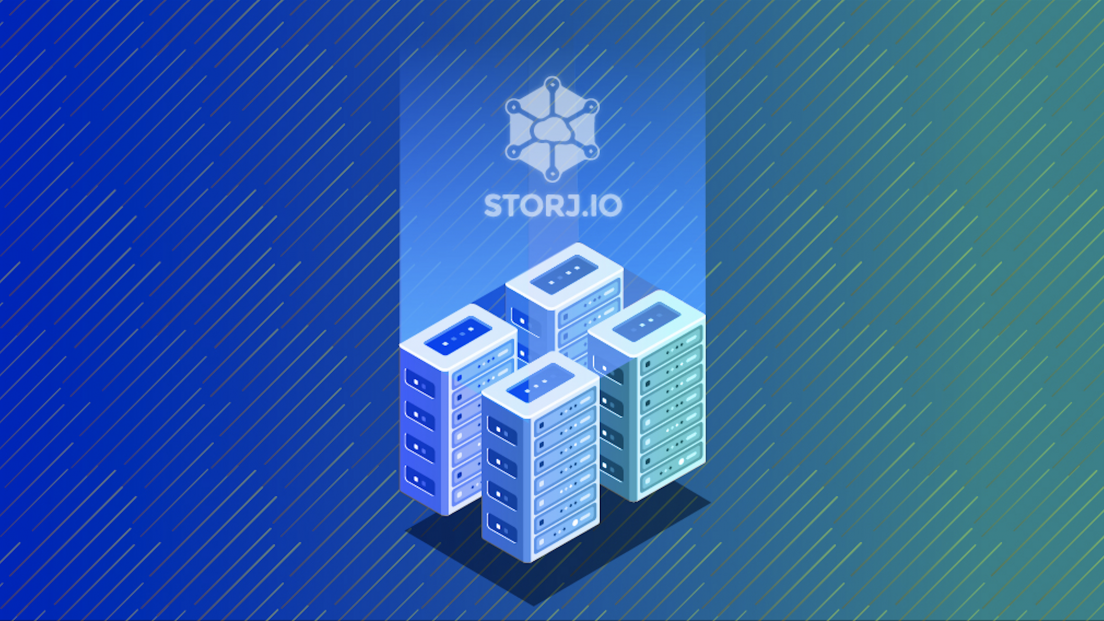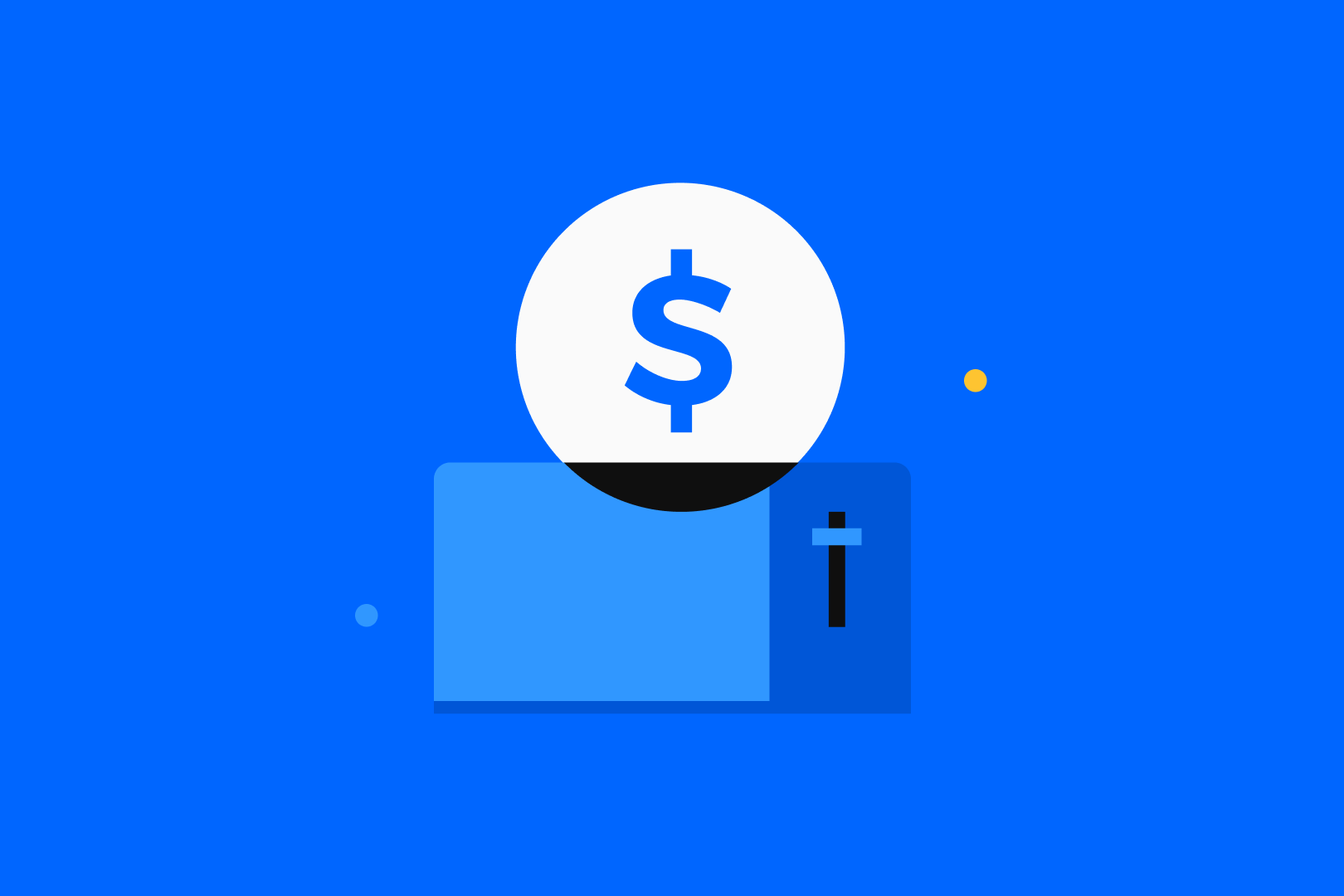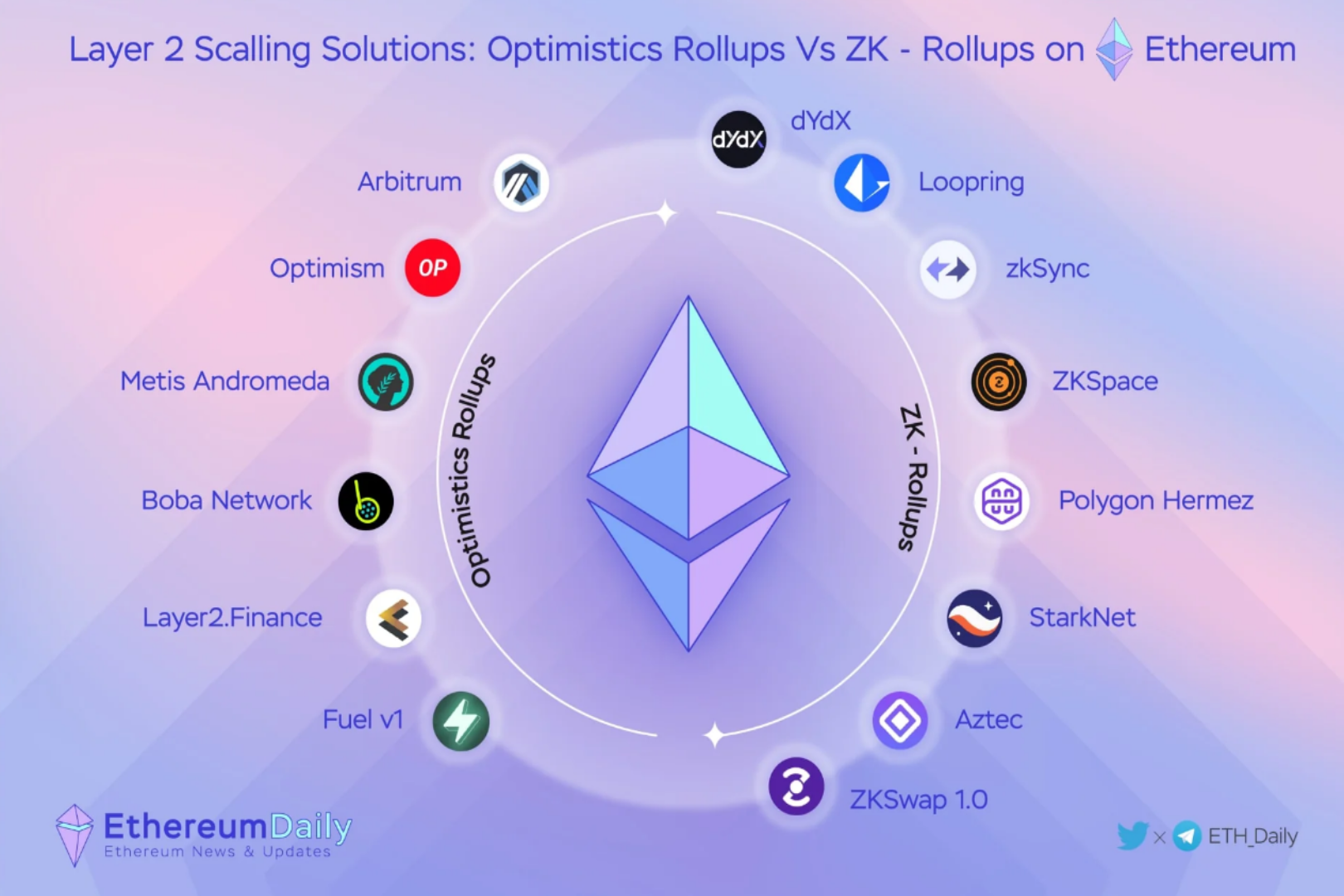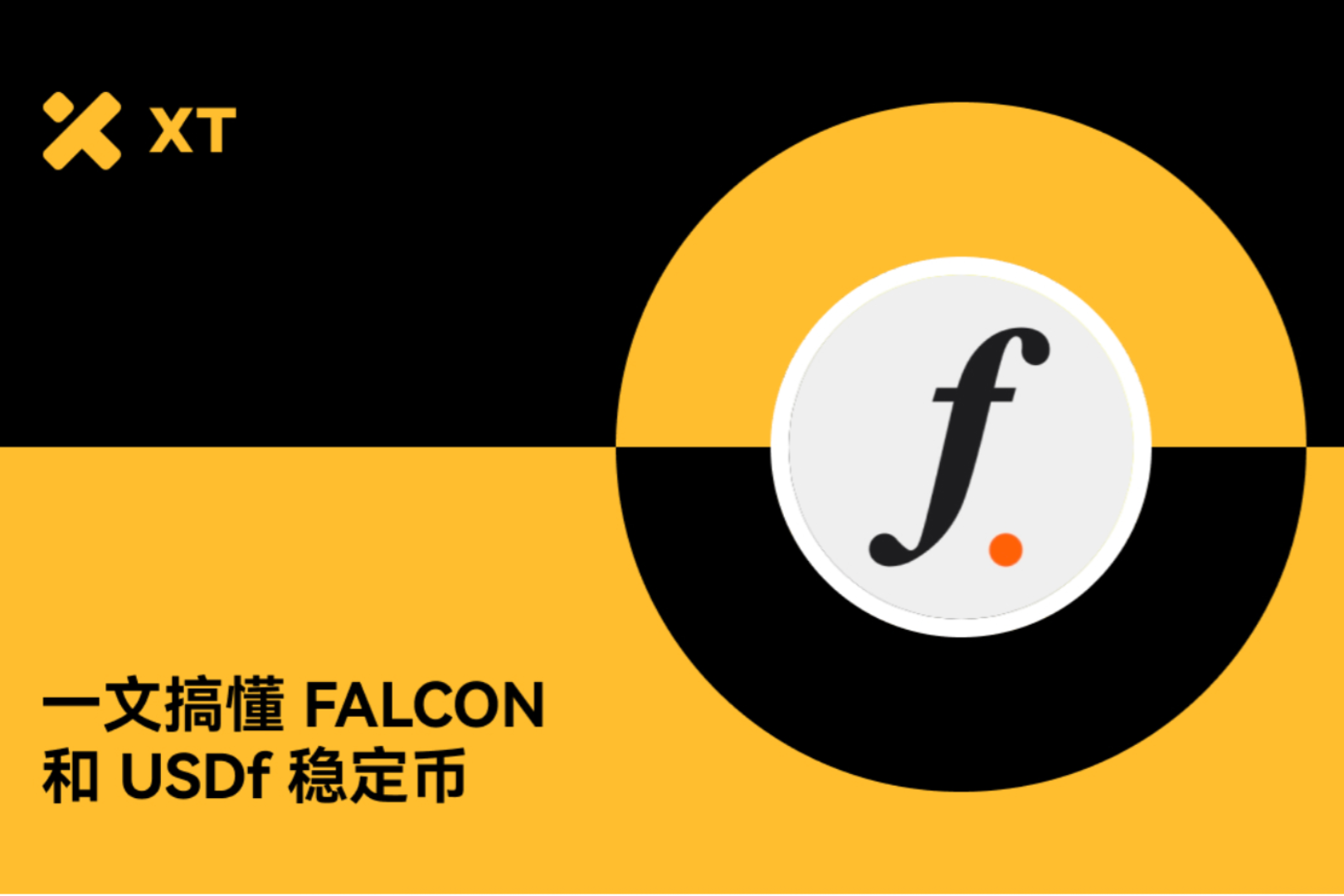
Storj is a cloud storage platform that is not monitored, censored or controlled by a centralized organization. It is a decentralized platform that securely stores files on a peer-to-peer network using encryption, file sharding, and blockchain-based hash tables. Its goal is to provide a better alternative to traditional storage solutions like Google Drive or Dropbox, where unexpected network outages limit file access and centralized companies have too much control over your files.
secondary title
Storj network
The subordinates need to distinguish between open source Storj and Storj Labs. Open source software allows anyone to create a distributed and decentralized storage network to run Storj, and Storj Labs, a for-profit company, has done just that with a network of 20,000 tenants, 18,000 miners and 8PB of storage space is available.
Tenants are people who use storage space, while miners are people who contribute storage space and bandwidth to the network. Miners are charged for providing space in two ways: tenants pay them directly in cryptocurrency, and Storj often sends requests to miners, who must send cryptographic proof that they still have data stored, for which they are paid to store files.
secondary title
How Storj works
Files are stored in a similar way to how torrent downloads. Files are divided into small chunks and stored on different nodes in the network. In total, a file is divided into 80 pieces, and you need at least 30 to reconstruct the file. Each shard is then stored on a different drive across the network. On the side of the miners, they may have file fragments, but what they see is as incomprehensible as a bible. Uploaded data is encrypted and only the owner has the key, so no one else can decrypt the data.
A key difference between Torrents and Storj is that Torrents discloses the location of fragments because the goal is to allow anyone to download files, while Storj aims to maintain privacy so only the owner knows where all the fragments are. This is where cryptography and blockchains come into play. To find fragments of the original file, you need access to a distributed hash table, which requires a private key to unlock. Without the private key, it is impossible to guess the location of the file fragments.
None of the nodes will keep your files intact. You, the owner of the file, are the only one who can collect all the different pieces and reassemble them to access the original file. If a hacker manages to get an encrypted shard, they still need 29 other shards stored somewhere in the network, as well as the encryption key to reassemble the file.
secondary title
Join the Storj network
If you want to become a node and contribute storage to Storj, there are a few requirements that need to be met. For example, you need at least 550GB of free disk space, 2TB of available bandwidth per month, 5Mbps of upstream bandwidth, 25Mbps of download bandwidth, and a guaranteed node online 24 hours a day.
All to ensure users have quick access to their files at any time. You'll also need to set up port forwarding to allow your nodes to communicate with other nodes on the Storj network. Finally, you need to download the Storj desktop to set up your node and start monetizing your excess storage capacity. But don't expect to become a rich miner. You will most likely only be paid a few dollars worth of STORJ over the course of a few months, perhaps.
The network was not designed to allow people to make money through it. Rather, the aim is to provide a better web experience, decentralize the way the web works, and take power away from the gatekeepers of today's internet and give it back to the people. There are a number of Web 3 projects going forward, each working on solving a different problem with the web and designing a better alternative.
Storj is provided for privacy-conscious Internet users, allowing them to store their files while protecting their privacy, and will not be targeted by advertisements because of these files.





